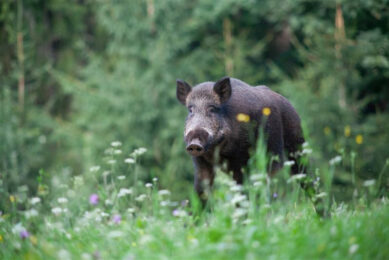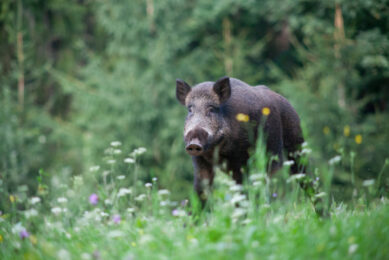Group Housing for Sows: Now it’s time to act
There are just 777 days from the start of EuroTier until 1 January 2013. From that date onwards, all gestating sows in the EU will have to be kept in group housing systems. While some producers have already made the switch to group housing, many still have to do so – but how? For those still undecided, EuroTier 2010 comes at the ideal time to help producers make this strategic decision.
By Vincent ter Beek
In early April 2010, the news broke that some agricultural organisations in Europe had raised a plea to postpone the deadline of 1 January 2013. Many pig producers, mainly in southern Europe, were said not to be ready to invest in converting their sow facilities to group housing due to the financial crisis. Countries from ‘the North’, such as the Netherlands, Denmark, the UK and Sweden, responded that the deadline should be maintained for credibility reasons. This controversy served to underline the sense of urgency around the change process.
Stemming from a decision taken in 2001, European legislation dictates that, from 2013 onwards, all dry sows used for commercial pork production in the European Union must be kept in group housing from at least four weeks after service until one week before the expected time of farrowing. In addition, sows kept in groups should have a minimum of 2.25 m2 of space per animal. This means an end to the ‘old’ system of keeping sows in crates for the full period of gestation. This practice was said to prevent aggression among the sows, as well as making identification simple and allowing a monitored feeding strategy. In the new situation, sows must be able to walk around or lie down in peace during their gestating phase, which entails farms implementing new types of housing systems which satisfactorily address these issues and which do not compromise feeding strategies.
European differences
In terms of the topic of group housing within the EU, some of the 27 member states are further ahead than others. Extensive research has been carried out in the Netherlands, for instance. Earlier this year, a study group from the Wageningen University and Research Centre interviewed 900 farmers by telephone and conducted 70 on-site observations to compile a list of success factors which would allow producers to return sows to group housing as quickly as four days postinsemination – 24 days earlier than the requirements as prescribed by the EU. Meanwhile, in southern Europe, the sense of urgency does not appear to be as strong, perhaps due to the adverse economic situation. While some larger pig farms there are in the process of change, smaller farms in particular face an impossible choice: invest despite being in debt or shut up shop. No wonder ‘2013’ has been questioned in the south.
It is unclear as to what is going to happen to producers who fail to meet the deadline when this date is finally upon us. There may be strong resistance from animal welfare activists and, more likely, slaughterhouses will be financially penalised for selling pork produced from sows in gestation crates. Nevertheless, what is clear for EU producers still using the ‘old’ system is that EuroTier 2010 offers a very timely chance, and perhaps one of the last opportunities, to make up their minds.
Outside the EU
For those producers from outside the European Union, the topic may be just as interesting. Since agricultural developments often start in the EU, it could be reasonable to expect group housing to eventually become mandatory beyond Europe too, either due to domestic legislation or for export reasons. A growing number of US states are adopting legislation against sow stalls, with Michigan and Ohio currently discussing the topic. Large integrators Smithfield (US) and Maple Leaf (Canada) have switched to group housing in recent years. Ontario Pork (Canada) has started promoting the concept of group housing, and the topic is under discussion in Australia too, after Tasmania announced the phasing-out of sow stalls from 2014 onwards.
Dominant systems
In short, it is becoming increasingly important to consider the group housing options – and EuroTier will offer plenty of opportunities for that at its forum ‘Sow well-being in group housing’. While various group housing systems have been introduced – such as simultaneous feeding, ad-lib feeding on the floor or tube feeding – most of them did not fully comply with the future requirements. In the run-up to 2013, two sowkeeping systems appear to be dominant in the market: electronic sow feeding (ESF) and free access stalls. Representatives from manufacturing companies of both of these systems elaborate on their products on the following pages, providing an insight into the latest developments.
Source: EuroTier Special 2010











